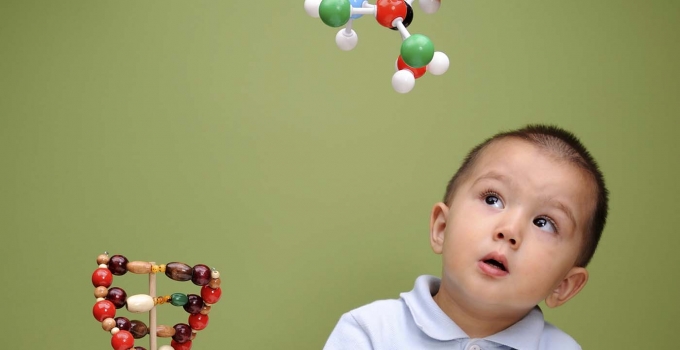A medical revolution of mice and men
Five per cent of the Australian population suffer from autoimmune diseases, such as multiple sclerosis and lupus. These diseases are chronic, incurable and, being varied and complex, have not been well understood.
For patients, this means poor treatment. Professor Carola Vinuesa describes a scenario that many sufferers will be familiar with.
“What happens is that patients are diagnosed with, for example, lupus and because doctors are unclear on exactly how that lupus comes about in that patient, the patient goes down the pathway of being treated with one drug after another until one, by some chance, might work.
“Each of these treatments is extremely expensive, quite toxic, and chances are, some patients will never respond.”
The Centre for Personalised Immunology at the ANU John Curtin School of Medical Research has now made advances that have revolutionised this hit-and-miss approach.
“We have previously focused on mice to start the research, but because we didn’t have mice that had the precise disease we find in humans, none of those mouse models really had the same diseases we would find in patients. So this hasn’t translated into better drugs.
“Now we are starting the research with a specific patient, sequencing their genome and looking at the many mutations that a patient has to see which one is the cause for the disease.
“We can then edit the DNA to very easily generate a precise mouse model that replicates the specific mutations that the patient has.”
Treatments can be trialled on the real disease in the mouse, until an effective one is identified and applied not just to the specific matching patient, but to all patients who have the same molecular markers.
“It’s a huge conceptual advance,” she says. “Instead of mouse to human, it’s human to mouse to human.”
Professor Vinuesa attributes the success to an “extraordinary” set of circumstances: advances in DNA technology, the world-leading work in immunology and bioinformatics at ANU, as well as access to the University’s super computer.
“I’ve spent my life looking at lupus in mice,” she says. “I never had the feeling that anything we were doing was really going to translate into better therapies.”
“With this, I am. And I’m excited.”
The ANU John Curtin School of Medical Research is Australia's national medical research institute. We excel in ground-breaking, multidisciplinary, translational medical research in fields including immunology, cancer, genomics, neuroscience, mental health, infectious diseases, obesity and metabolic disorders.
Three of our researchers have received Nobel Prizes in Physiology or Medicine for work conducted here—Sir John Eccles in 1963 and Peter Doherty and Rolf Zinkernagel in 1996. Recently, Professor Carola Vinuesa was elected Fellow of the Australian Academy of Science, and Professors Simon Foote and Chris Parish became Fellows of the newly established Australian Academy of Health and Medical Sciences.

